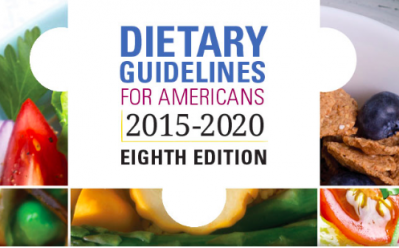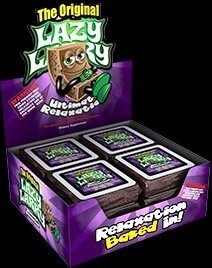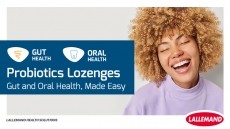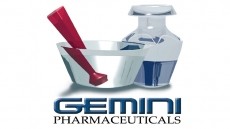CRN issues formulation guidelines on use of melatonin in sleep support products

The new guidelines are a case of being safe, rather than sorry, said Andrea Wong, PhD, CRN’s vice president of scientific and regulatory affairs.
“The reason we tackled the issue is melatonin is really increasing in popularity for different sues and different populations. Our guidelines are specific to supplements containing melatonin that are marketed for sleep support,” Wong told NutraIngredients-USA.
CRN recommends that, in addition to complying with all applicable labeling laws and regulations, dietary supplements containing melatonin and marketed for sleep support should be formulated and labeled to provide not more than 10 milligrams of melatonin per day when used in accordance with the directions for use. CRN’s guidelines for labeling also call for product labels to include (but not be limited to) the following statements or similar language:
— Consult a healthcare professional:
- Before use in pregnant or nursing women,
- those with a medical condition, and
- those taking medication.
— Do not drive or operate machinery when taking melatonin.
Delivery in food
The regulation of melatonin, which can be found in plants and acts as a hormone in humans and other animals, received a flurry of regulatory attention a few years ago with the marketing of melatonin-containing brownies dubbed “Lazy Cakes.” FDA mandated this product (which contained 8 mg per serving, below CRN’s recommended limit) be removed from the market because the delivery mode was an inappropriate home for a bioactive molecule like melatonin.
“We do have the same concerns that FDA raised that when you have products in conventional food form that are marketed in the grocery aisle. With something as appealing as a brownie, people might eat three, and now you are up to 24 milligrams,” Wong said.
Wong said that a review of the literature did not reveal a critical safety concern, but said that the new guidelines were case of acting with prudence.
“These guidelines are only about safety; we are not looking at what amounts match the claimed benefits. When we reviewed the adverse events, there were some like headaches or sleepiness, but there wasn’t an overall pattern. And there wasn’t a dose response pattern that was very clear. This is a case of erring on the side of caution,” she said.
Click here to see the full text of the new guidelines.
















